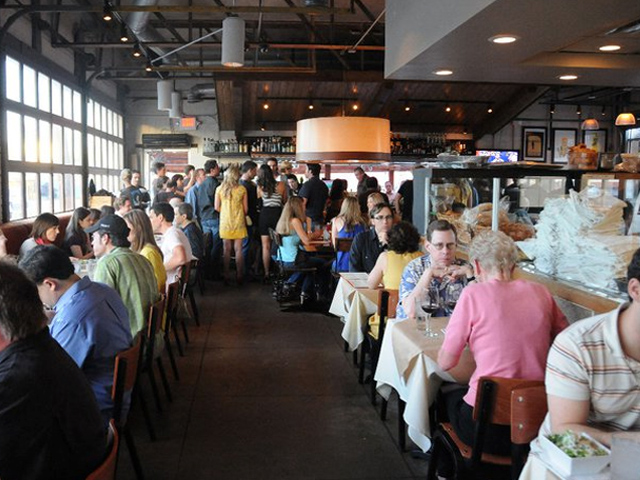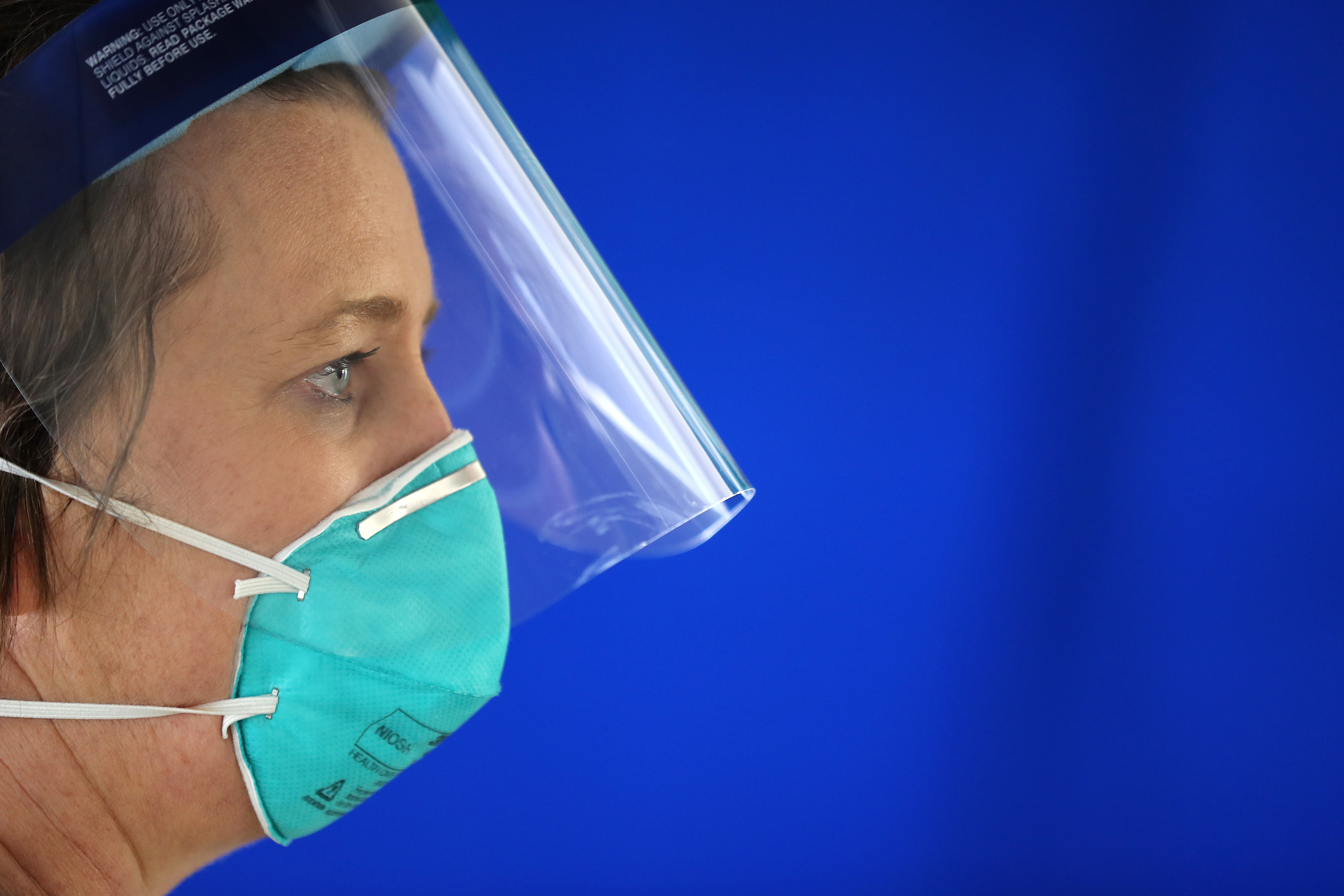Illinois is currently in a five-phased process of reopening during the coronavirus pandemic, but as the situation and plan evolves it can be difficult to keep up with what each phase means.
Illinois Gov. J.B. Pritzker first announced the plan in early May aiming to operate on a "region-by-region basis." But at the time, the governor noted the plan could be updated as the situation across the state develops.
"Restore Illinois is a public health plan to safely reintroduce the parts of our lives that have been put on hold in our fight against COVID-19," he said at the time. "This is also a data-driven plan that operates on a region-by-region basis, a recognition that reality on the ground looks different in different areas of our state."
According to Pritzker, Illinois began phase two of its reopening plan on May 1, when a modified order took effect allowing some businesses to reopen. The state, with the exception of Chicago, then entered phase three on May 29. Chicago followed suit on June 3.
Already, changes have been made to some of the phases.
Here's a look at the five phases for the state:
(Note: Chicago is operating under its own five-phased plan so restrictions and dates may be different for city residents)
Phase 1 – Rapid Spread:
What it means: This phase takes place when the rate of infection among those tested and the number of patients admitted to the hospital is high or rapidly increasing.
When it began: Every region has experienced this phase once already and could return to it if mitigation efforts are unsuccessful.
What is allowed: Only essential businesses remain open.
Restrictions: Strict stay-at-home and social distancing guidelines are put in place.
Phase 2 – Flattening:
What it means: The rate of infection among those tested and the number of patients admitted to the hospital beds and ICU beds increases at an ever slower rate, moving toward a flat and even a downward trajectory.
When it began: This phase began in Illinois on May 1, when a modified stay-at-home order took effect. To varying degrees, every region is experiencing flattening as of early May.
What is allowed: Non-essential retail stores reopen for curb-side pickup and delivery. Residents can begin enjoying additional outdoor activities like golf, boating and fishing while practicing social distancing.
Restrictions: Illinoisans are directed to wear a face covering when outside the home.
Phase 3 – Recovery:
What it means: The rate of infection among those tested, the number of patients admitted to the hospital, and the number of patients needing ICU beds is stable or declining.
When it began: All four of Illinois' healthcare regions moved to Phase 3 on May 29. Chicago joined on June 3.
What is allowed: Manufacturing, offices, retail, barbershops and salons can reopen to the public with capacity and other limits and safety precautions. Child care providers who were not already open can resume operations with certain restrictions and summer school facilities can hold in-classroom instruction with capacity limits. State parks, campgrounds, driving ranges, pools, outdoor shooting ranges and paintball courses open- all with guidelines in place. Bars and restaurants are open for delivery, pickup and drive through, but restaurants are also allowed to open outdoor seating in this phase with social distancing requirements still in place. Health and fitness clubs can open for private workouts and outdoor classes. Churches resume services but with limited capacity and social distancing.
Restrictions: Face coverings and social distancing are the norm. Gatherings limited to 10 people or fewer.
Phase 4 – Revitalization:
What it means: The rate of infection among those tested and the number of patients admitted to the hospital continues to decline.
When it begins: In order to begin phase four, a region would need to see continued declines in its positivity rate and hospitalizations and maintain surge capacity.
What is allowed: All gatherings of up to 50 people are allowed, bars and restaurants will be allowed to have indoor seating with capacity limits and other approved safety guidance from IDPH, movie theaters and performing arts spaces will be allowed to open with capacity limits and safety guidance, all manufacturing will be allowed to open, capacity limits will be slightly increased at hair salons and spas. Health and fitness clubs will be allowed to open with capacity limits. All retailers will be allowed to open with capacity limits and safety guidance, P-12 schools, colleges, summer programs and child care are all allowed to open for in-person instruction and care with IDPH safety guidance in place and all outdoor recreation is allowed.
Restrictions: Face coverings and social distancing are the norm. Gatherings limited to 50 people or fewer.
Phase 5 – Illinois Restored:
What it means: With a vaccine or highly effective treatment widely available or the elimination of any new cases over a sustained period, the economy fully reopens with safety precautions continuing.
When it begins: The only way Phase 5 will begin is with a vaccine, or a widely available and highly effective treatment, or with the elimination of any new cases over a sustained period.
What's allowed: Conventions, festivals and large events are permitted, and all businesses, schools, and places of recreation are open.
Restrictions: New safety guidance and procedures will be in place reflecting the lessons learned during the COVID-19 pandemic.



